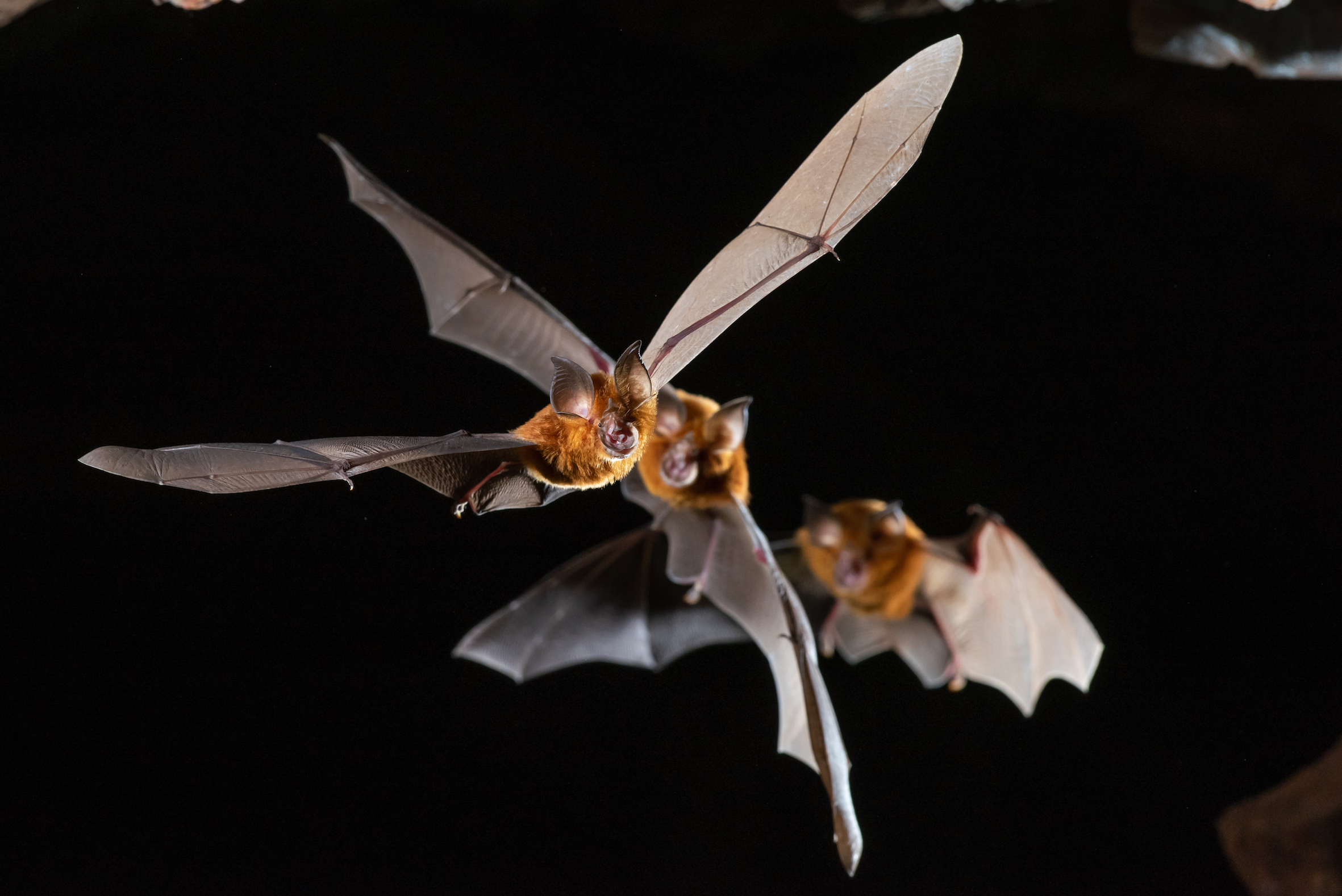
This evening is International #BatNight.
Bats (and flying foxes) make up the largest group of mammals and they are the only flying mammals. Worldwide, there are over 1,300 species of bats. Closer to home, Australia has around 75 species of native bats and within this number, sadly, a good handful find themselves on the threatened species list. Our bats range in size from the tiny Northern or Mangrove Pipistrelle weighing in at about 3 grams to the more familiar Grey-headed Flying Fox, which is 200-300 times larger.
Most common rumours about bats simply aren’t true. They certainly aren’t blood sucking, scary creatures. Of all the bat species, only three actually drink blood.
Bats play a very important and vital role within Australian ecosystems. Some plants depend partly – and some even totally – on bats to pollinate their flowers or spread their seeds. Bats are also vital in controlling pests by eating lots and lots of insects.
Bats are found roosting in trees, in caves, hollow trees and under loose tree bark – but also under bridges and on buildings. They can live alone or in a colony or community. Most species are reliant on echolocation to navigate, feed and find their way home each night.
Many bats are given names because of their appearance: there’s a Ghost Bat, a Hammerhead Bat, and several leaf-nosed and sheath-tailed bats. There’s even a tiny Bumblebee Bat which has a wingspan of only 15cm.
Photo: Bruce Thomson, www.auswildlife.com
